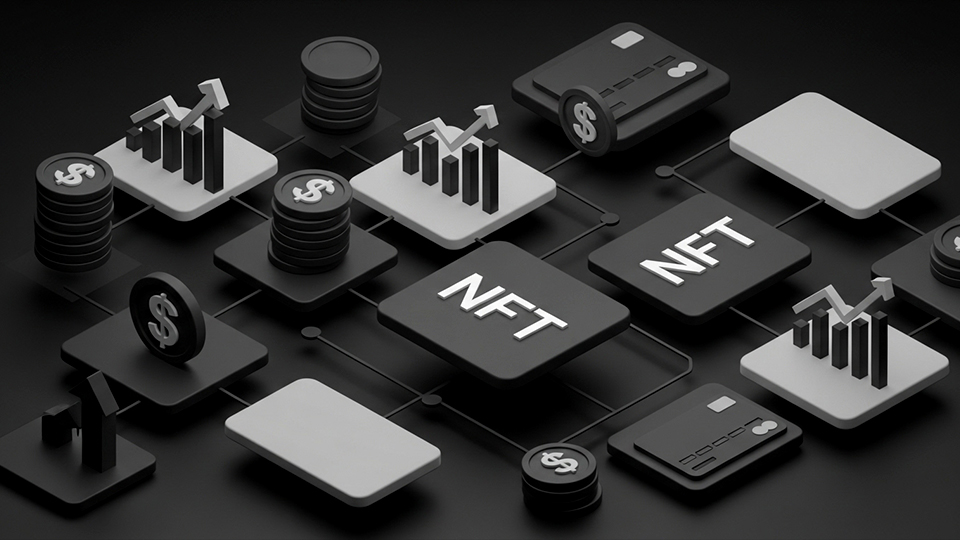The Green Side of NFTs
The evolution of NFTs brings with it a positive environmental impact that deserves recognition. Unlike traditional art industries that often contribute to deforestation and excessive resource consumption, NFTs are inherently eco-friendly. By harnessing blockchain technology, NFTs reduce the need for physical materials like paper and chemicals, aligning art creation with sustainable practices.

Green Benefits of Decentralized NFTs
Furthermore, the decentralized nature of blockchain mitigates the carbon footprint associated with centralized systems. Traditional banking and financial transactions can be resource-intensive, whereas NFTs operate on more energy-efficient platforms. This shift not only reduces the environmental impact but also positions NFTs as a greener alternative for artists and collectors alike.
NFTs: Green Global Art Access
The environmental benefits extend to artists as well. NFTs empower artists to reach a global audience without the need for physical transportation of their work, minimizing the carbon emissions associated with art exhibitions and shipping. This global accessibility not only opens new avenues for creativity but also aligns with a more sustainable approach to sharing and appreciating art.
conclusion
In conclusion, the green side of NFTs emerges as a positive force in the art world, showcasing how technology and sustainability can coexist harmoniously. As artists and collectors continue to embrace NFTs, the positive environmental considerations become a driving force in reshaping the landscape of the art industry for a more eco-conscious future.





